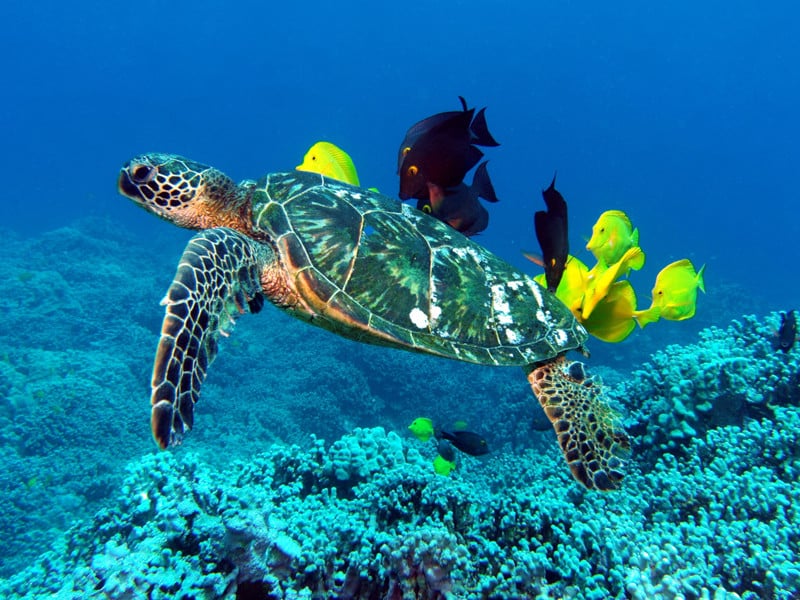When we want to know about a living being, first we try to understand some of its basic characteristics such as its anatomy, feeding, where it lives or its habitat and how it reproduces among other information.
The structure of animals and their internal parts, their anatomy, is an evolutionary puzzle that gives them the conditions to survive in the place where they live.
Food intake provides living organisms with the energy needed to grow and develop. Animals must eat to survive. Are they carnivores, herbivores or omnivores? What kind of food do they eat?
The habitat is the environment in which a particular animal develops in a way that allows him to get the food, shelter and protection needed to survive; most of the time is not an exclusive area for the animal but shares it with other species.
Either to interact with other animals of the same species or to defend itself, animals have developed different forms of communication that allow them to transmit information for a variety of purposes.
Animals need offspring to persist in the planet. For this, they need to reproduce, usually exchanging reproductive cells with another individual of the same species.

